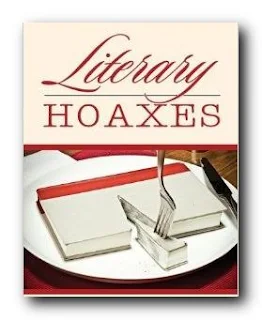For inner-tactical reasons, Ros Barber seems to have mutated from a "hard Marlowian" to a "soft Agnostic".-
But 2 years (2015) later I had to change my mind (s.Blog 343.) I assume she only got his new position as a Lecturer in Creative and Life Writing at Goldsmiths, University London on condition that she was mutating from a "hard Marlowian" to a "soft Agnostic".- This would make sense, having read the Abstract of her speech at this years (2015) Oxford-Shakespeare Authorship Conference September 24-27 in Ashland.-
According to her abstract and an interview to a local radio Station (s.Blog 343.Listen!) she must have given up her earlier opinion and is now favoring
the value or benefits of the uncertainty principle. -
The abstract tells us that it will explore the benefits of uncertainty of the Shakespeare authorship:
In quantum mechanics, the uncertainty principle, is any of a variety of inequalities asserting a fundamental limit to the precision with which certain pairs of properties [of a particle], known as complementary variables, such as (Academic) position x and (Marlowian) momentum p, can be known simultaneously.
- „it not only allows us to be collegial, (s. "The unfaire Lady...." Blog 322) reducing the likelihood of stressful and energy-sapping personal battles, but by opening our minds to evidence and counter-arguments which undermine our position it allows us to discard weak arguments and concentrate on those which extend and deepen the challenge to orthodox thinking „
- „…it also offers non-Stratfordians the possibility of gaining academic legitimacy for the Shakespeare authorship question. Using concrete examples of arguments and counter-arguments derived from researching and writing Shakespeare:
- The Evidence, this paper will demonstrate why the apparently ‘weak’ position of uncertainty is actually the strongest, most beneficial position a non-Stratfordian can adopt.“
In quantum mechanics, the uncertainty principle, is any of a variety of inequalities asserting a fundamental limit to the precision with which certain pairs of properties [of a particle], known as complementary variables, such as (Academic) position x and (Marlowian) momentum p, can be known simultaneously.
Ros Barbers Praise of Uncertainty























